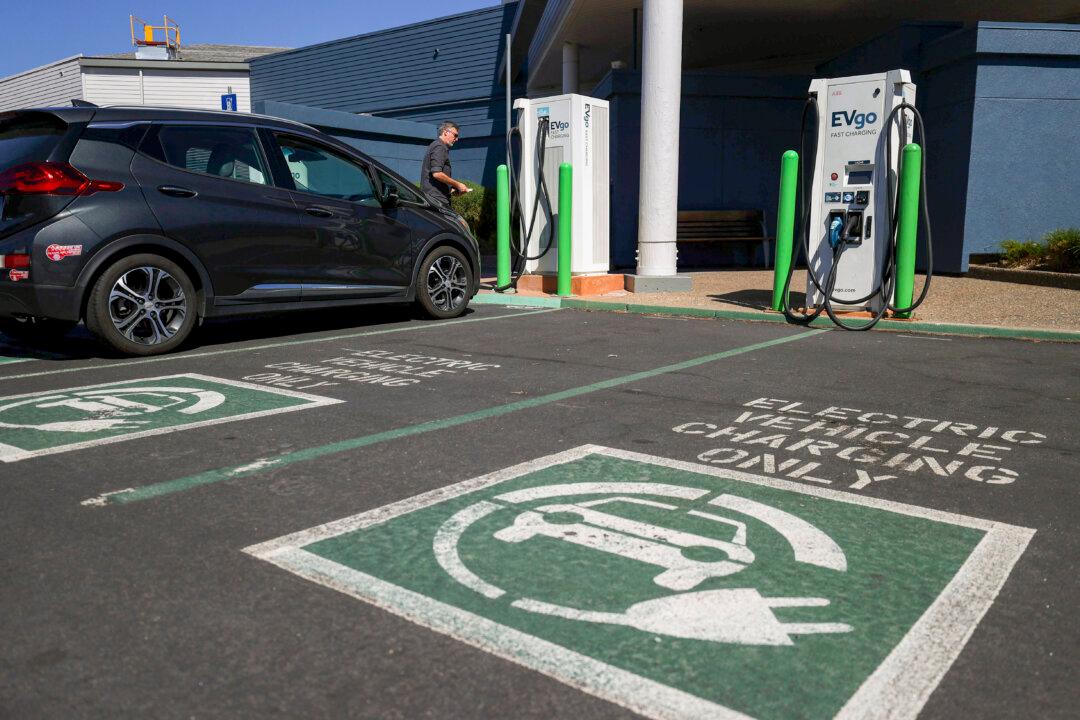News Analysis
Infrastructure spending is usually a popular proposal. Between potholes down the street and reports of crumbling bridges, Americans tend to agree that America’s infrastructure needs work. An infrastructure spending bill floated by Democrats, however, is shaping up to be something else entirely—maybe even superfluous, according to an infrastructure policy expert.





